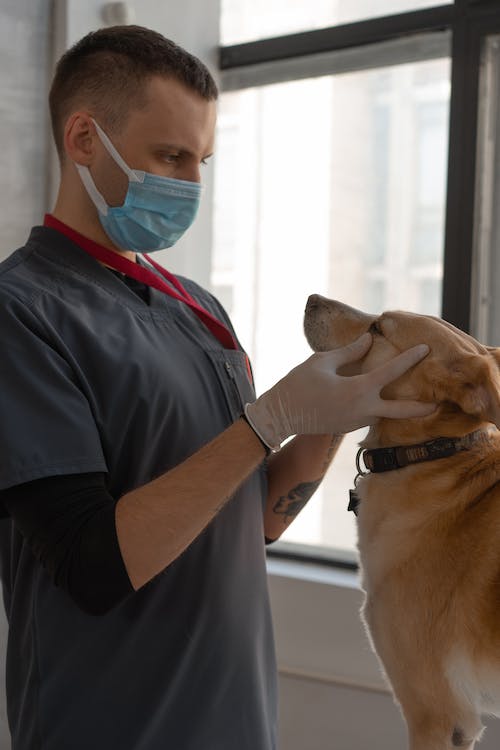Please create a free account below, or login by clicking here.
Petland Racine, Wisconsin
July 25, 2023
Many of the cancers that affect humans can also affect their dogs. Our pups can develop tumors internally or can develop them on their skin and in their mouths. One such cancer, Melanoma, can occur on the skin or inside of your dog’s mouth. While the skin version of Melanoma can be relatively benign, the oral form is much more serious.
Cells called melanocytes are designed to produce pigment colors of the skin. As diseased melanocytes grow, they form tumors. This is caused by a combination of environmental and hereditary factors. Skin that is overexposed to sunlight has an increased risk of developing Melanoma. Certain breeds, like Golden Retrievers, Cocker Spaniels, Chow Chows, and Schnauzers, have a higher risk of developing melanomas.
Oral Melanoma is the most common type of malignant tumor that can develop inside your dog’s mouth. It can appear pigmented or can have a non-pigmented appearance, which is referred to as amelanotic Melanoma. What makes it so serious is that it is capable of invading underlying bone and spreading to other parts of the body. This can lead to facial swelling and eventually make it difficult and painful for your dog to chew.
Medical Diagnosis
For those of us that have dogs who allow us to brush their teeth, this is a good time to check the inside of his mouth. At times it can look like a round tumor or just extra tissue growth coming from the gingiva or on the inside of the lips and cheeks. Tumors can also grow on the roof of your dog’s mouth or even under the tongue. Should you discover a new bump or lump inside your pup’s mouth, advise your veterinarian. If your pup experiences oral pain or bleeding from his mouth, this should be treated as a medical emergency.
A fine needle aspirate can be performed on the skin bumps by your veterinarian. This process involves the use of a needle and syringe to collect cell samples from the bump for further testing. This process generally requires sedation due to the sensitivity of the procedure.

Biopsies can sometimes remove all the visible tumors, but with Melanoma, there is a good chance that microscopic portions of the disease are left behind. Further treatment will require additional surgery to remove the underlying disease. Procedures such as a CT scan will be able to provide even more detailed information. Should the tumor invade bone, then surgical procedures may need to include bone. For tumors that are inoperable, radiation therapy can help with treatment, especially with very small melanomas.
Dogs who go through surgery may need a special collar or cone to prevent scratching around their faces. Soft and moist foods or liquid diets are recommended for at least two weeks while the dog’s mouth heals. Dogs who need radiation therapy may appear tired and or have some nausea, but if the radiation is focused only on your dog’s mouth, the dog may show fewer negative signs from the treatment. Your dog will also require frequent follow-up visits with his veterinarian to monitor the condition. A repeat CT scan may also be suggested afterward to make sure that the cancer does not return.
Dogs who are not provided with care may eventually stop eating due to the pain associated with this. This generally takes place between three and six months after the initial diagnosis, which is why it is important to seek early care, which is also more effective.General well visits at your veterinarian are also a good way to make sure your pup remains healthy and catches medical issues before they transition into a more complicated issue.